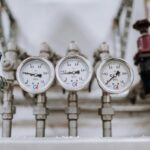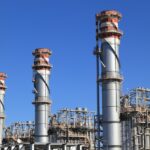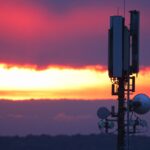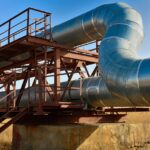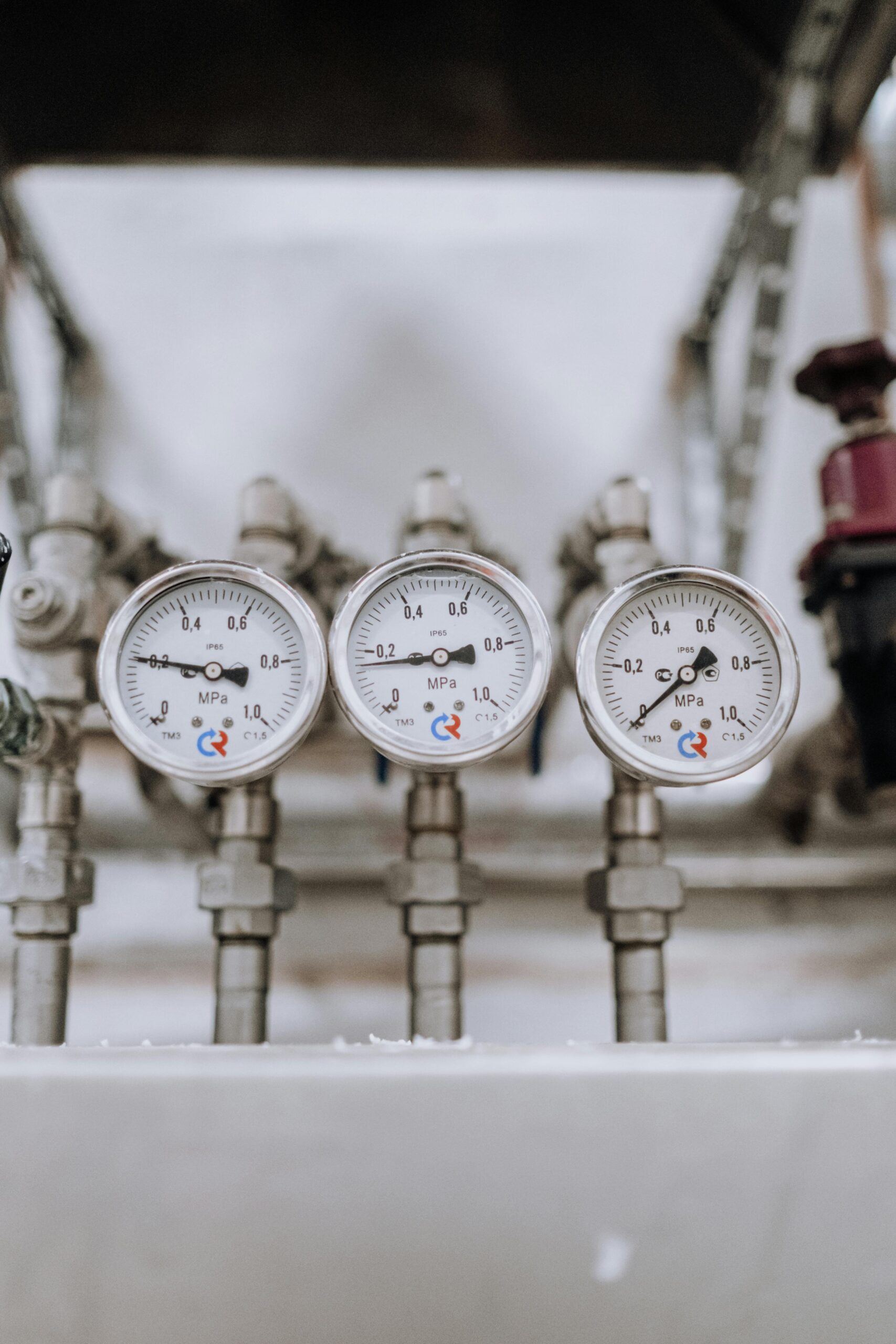Invisible and insidious, air pollution silently looms as one of the most significant challenges of our time, imperiling the environment, human health, and the delicate balance of ecosystems. As anthropogenic activities continue to escalate, the emission of harmful substances into the atmosphere has reached alarming levels, calling for urgent global action to combat this pervasive menace. In this article, we delve into the far-reaching impact of air pollution, its causes, effects, and the imperative measures needed to preserve the air we breathe and secure a sustainable future for generations to come.
The Anatomy of Air Pollution: A Complex Web of Primary and Secondary Pollutants
Air pollution is an intricate web of primary and secondary pollutants, each contributing to the degradation of the atmosphere:
1. Primary Pollutants: Primary pollutants are directly emitted into the air from various sources, including industrial processes, transportation, and natural phenomena. Particulate matter, nitrogen oxides, sulfur dioxide, carbon monoxide, and volatile organic compounds are among the most common primary pollutants. Particulate matter (PM) encompasses a spectrum of fine particles, ranging from dust and soot to aerosols, posing serious health risks when inhaled. Nitrogen oxides (NOx) and sulfur dioxide (SO2) are primarily produced by burning fossil fuels, contributing to acid rain and smog formation. Carbon monoxide (CO), a colorless and odorless gas, is released during incomplete combustion and can be lethal in high concentrations. Volatile organic compounds (VOCs) arise from various sources, including vehicle emissions, solvents, and industrial processes, contributing to ground-level ozone formation and the formation of harmful secondary pollutants.
2. Secondary Pollutants: Secondary pollutants are formed in the atmosphere through chemical reactions between primary pollutants and other substances. Ground-level ozone (O3) is a prominent secondary pollutant resulting from the interaction of nitrogen oxides and volatile organic compounds in the presence of sunlight. Although ozone plays a beneficial role in the stratosphere by shielding the Earth from harmful ultraviolet radiation, ground-level ozone is harmful when inhaled and contributes to smog formation, particularly in urban areas.
The Culprits: Causes and Sources of Air Pollution
Air pollution is primarily driven by human activities, with various sources contributing to the emission of pollutants:
1. Industrial Emissions: Industries, including power plants and manufacturing facilities, release copious amounts of pollutants into the atmosphere during their operations.
2. Transportation: Vehicular emissions from cars, trucks, and other vehicles running on fossil fuels are a significant contributor to air pollution, particularly in urban centers with heavy traffic.
3. Agricultural Activities: The use of pesticides and fertilizers in agriculture can release harmful chemicals into the air, contributing to pollution.
4. Deforestation: The clearance of forests reduces the Earth’s capacity to absorb pollutants, leading to an accumulation of greenhouse gases and exacerbating global warming.
5. Burning of Fossil Fuels: The combustion of coal, oil, and natural gas for energy and heating purposes releases a significant amount of pollutants into the atmosphere.
The Ramifications: The Multi-Faceted Impact of Air Pollution
The consequences of air pollution reverberate across the environmental and human health spectrum:
1. Environmental Impact:
- Acid Rain: Emissions of sulfur dioxide and nitrogen oxides contribute to the formation of acid rain, which damages soil, water bodies, and vegetation, threatening the delicate balance of ecosystems.
- Smog: Ground-level ozone and particulate matter create smog, reducing visibility and degrading air quality, posing health risks and impacting climate patterns.
- Global Warming: Greenhouse gases, such as carbon dioxide, trap heat in the atmosphere, leading to global warming and climate change, with far-reaching consequences for the planet.
2. Human Health:
- Respiratory Issues: Air pollution can exacerbate respiratory conditions like asthma and chronic obstructive pulmonary disease (COPD), leading to reduced lung function and increased susceptibility to respiratory infections.
- Cardiovascular Problems: Long-term exposure to air pollution is linked to heart disease, stroke, and other cardiovascular issues, with particulate matter and ozone posing significant risks.
- Premature Mortality: Air pollution is responsible for millions of premature deaths worldwide each year, making it a grave public health concern.
Fighting the Battle: Mitigation and Remediation of Air Pollution
To combat air pollution and safeguard the environment and public health, concerted efforts are required at local, national, and global levels:
1. Emission Standards and Regulations: Governments worldwide must set and enforce stringent emission standards for industries, vehicles, and other sources to limit pollutant release.
2. Transition to Renewable Energy: Promoting the use of clean and renewable energy sources, such as solar, wind, and hydroelectric power, can reduce reliance on fossil fuels and mitigate air pollution.
3. Public Transportation and Eco-Friendly Vehicles: Encouraging the use of public transport and adopting eco-friendly vehicles, such as electric cars, can significantly reduce emissions from transportation.
4. Afforestation and Reforestation: Planting trees helps absorb carbon dioxide and other pollutants, mitigating the impact of air pollution and fostering a healthier environment.
5. International Cooperation: Global efforts, such as the Paris Agreement, serve as vital platforms for nations to collaborate on combating air pollution and addressing climate change collectively.
Conclusion: A Call to Action for a Cleaner and Greener Tomorrow
As the gravity of air pollution becomes increasingly evident, the need for proactive measures is more pressing than ever. Combating air pollution is not merely an environmental concern; it is a responsibility we owe to our future generations. As individuals, communities, and governments unite to confront this silent menace, there lies hope for a cleaner, greener, and sustainable future. By embracing cleaner technologies, promoting renewable energy, and adopting responsible practices, we pave the path to a world where the air we breathe is pure, and the sky above us shines with clarity, ensuring a healthier and more vibrant planet for generations to come. The battle against air pollution is a call to action for a shared commitment to preserve the gift of clean air for all living beings on Earth.


